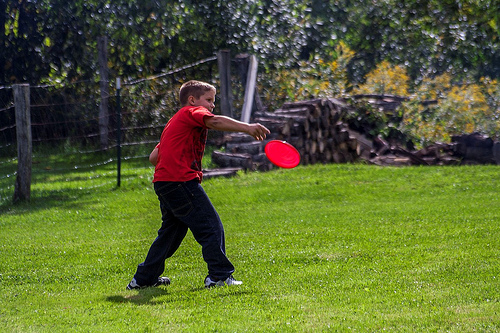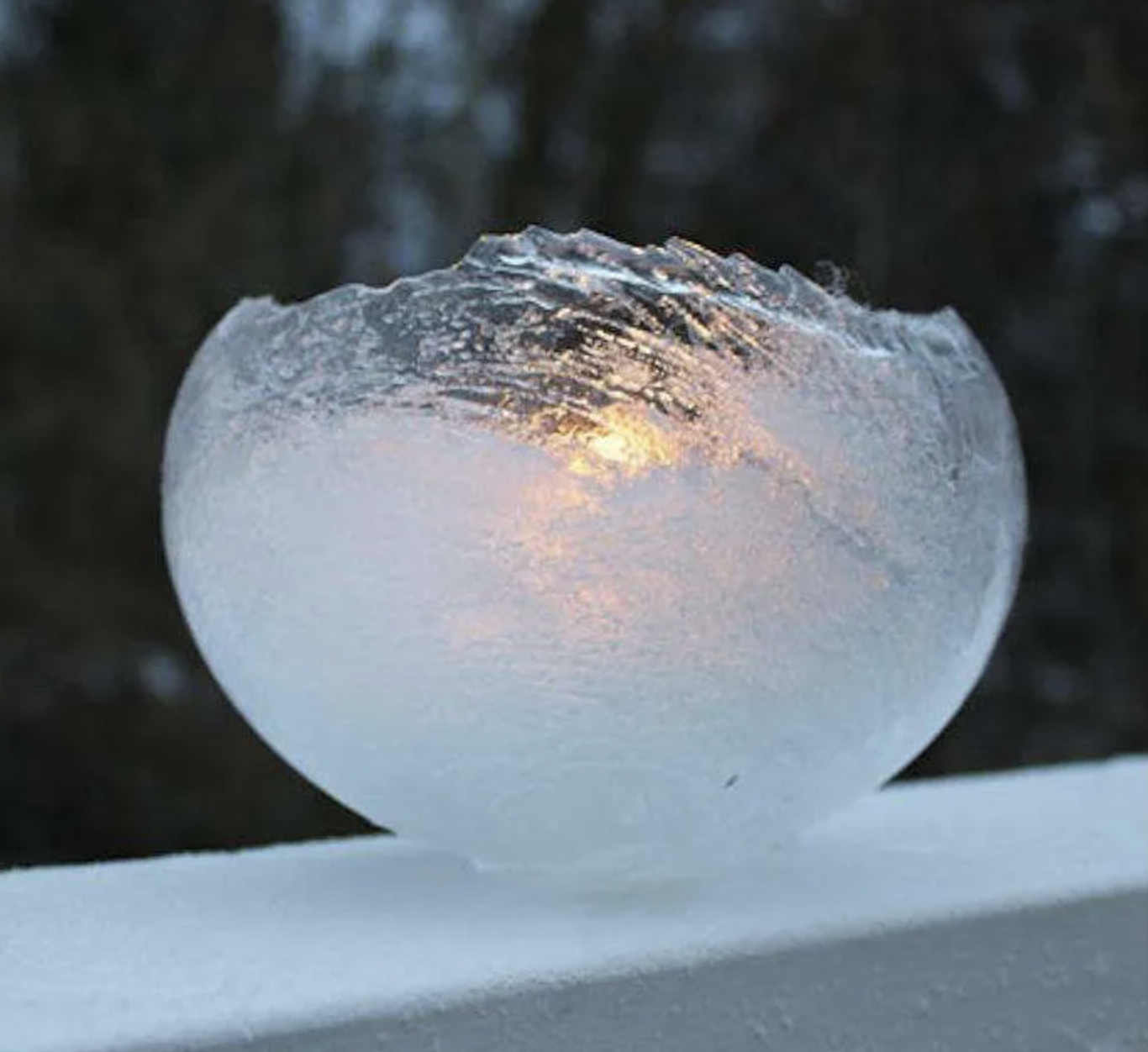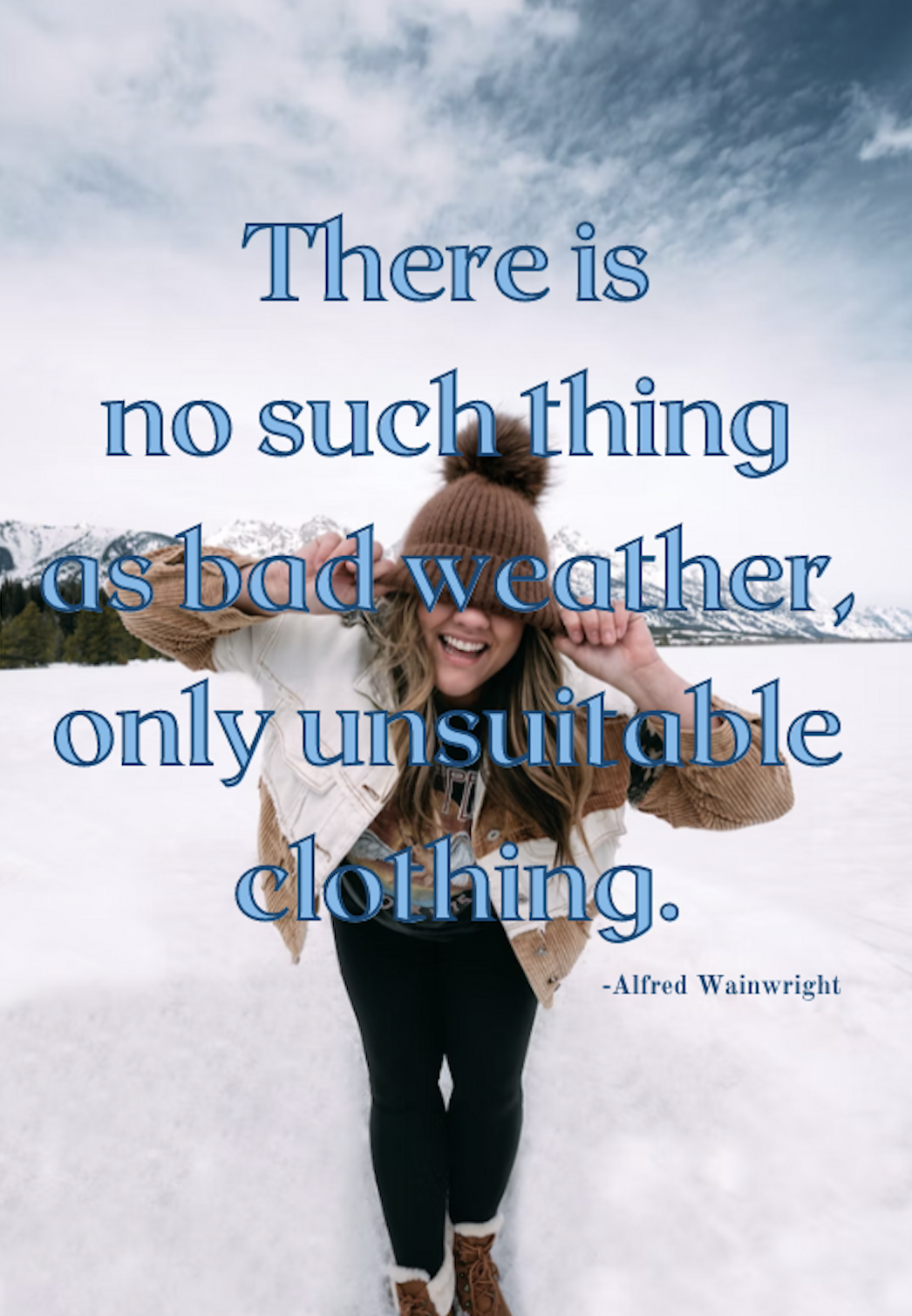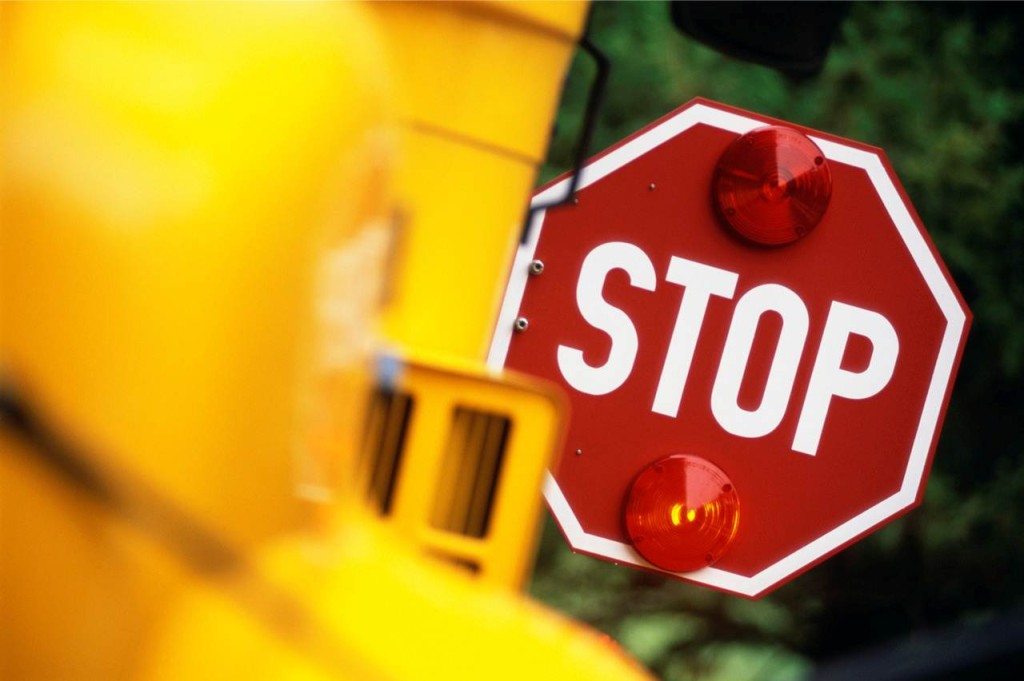Just because a child is old enough to occupy themselves, doesn’t mean that they should be expected to do so the majority of the time. Host families have a certain expectation of activity and involvement for their children. Get the kids engaged and active. You can be more fun than the TV or a video game.

Problem:
But, my kids don’t want to do anything but watch TV or play video games.
Solution:
Instead of saying, “Would you like to (fill in the blank with any activity)? The answer will often be, “No.”
Try this, “Now we are going to (fill in the blank with any activity.) or “Would you rather do _____ or ______?” Make sure both the choices are good options.
Your chances of co-operation are greatly increased. Even kids who are reluctant to try new things will usually get in the spirit of things and have fun if you pick a good activity.
Problem:
I don’t know what to do with school-age kids.
Solution:
Look for ideas online. Google “activities school-age kids” or “activities tweens”. You can also take part in an au pair webinar on this topic. Below is a list of some ideas to get you started.
- Cooking
- Making things (check craft stores like Michael’s for kits and models that are age-appropriate)
- Going to fun places (pottery painting, jewelry making, farms, museums, mini-golf, go-karts)*
- Sports (soccer, tennis, swimming, bicycling, roller skating, ice skating)*
- Let them teach you to do something they enjoy. Kids this age love being the expert.
- Get outdoors and visit local parks.* You can even make a project of reviewing all the local parks (what kind of equipment they have, is there shade, water fountain?) They can write this up and keep it so they remember which ones they want to go to again and which ones to skip in the future.
- Let them help you search and plan some activities.
- Check on the APIA Pinterest page and here on our cluster blog for ideas.
- If you have a GPS, try taking them geocaching. Here is a website with all the details.
- Use technology to get them off the couch and sneak in some exercise. The phone app Pokémon Go includes activities that are unlocked by taking steps. There are Pokéstops and gyms at many places they might enjoy going for walks like parks, nature trails, walk/bike paths, and downtown areas.
*Always get permission from your host parents before taking the kids places and remember to follow social distancing and mask-wearing protocols.

 If you want to visit Baltimore but are worried about driving, the MARC train is a great option. Here is some information on how you can enjoy visiting Baltimore via public transportation. Prices and info are accurate as of January 16, 2023. Please check the links to verify prices and schedules before you go.
If you want to visit Baltimore but are worried about driving, the MARC train is a great option. Here is some information on how you can enjoy visiting Baltimore via public transportation. Prices and info are accurate as of January 16, 2023. Please check the links to verify prices and schedules before you go. n the ages of your children, decide if a simple or more labor intensive project is in order.
n the ages of your children, decide if a simple or more labor intensive project is in order. Conversely select an aluminum pie pan or plastic take-away tray and fill it with water. Arrange cranberries, pine boughs and sliced oranges then freeze. If you wish to make a hole in the ice to hang your creation, heat the tip of a skewer and carefully push it though the ice before suspending outside.
Conversely select an aluminum pie pan or plastic take-away tray and fill it with water. Arrange cranberries, pine boughs and sliced oranges then freeze. If you wish to make a hole in the ice to hang your creation, heat the tip of a skewer and carefully push it though the ice before suspending outside. Finally try filling a bucket or large container with water. Carefully tape a mason jar down to displace the water (or alternatively try using a bundt pan) and freeze. Once solid, remove the containers and add a candle or small light and enjoy! More detailed instructions can be found
Finally try filling a bucket or large container with water. Carefully tape a mason jar down to displace the water (or alternatively try using a bundt pan) and freeze. Once solid, remove the containers and add a candle or small light and enjoy! More detailed instructions can be found  I have wonderful memories of playing cards as a young child. I was captivated as a 4-year-old when I first learned to play Fish. The way my older cousin shuffled the deck seemed like magic. And then there was the overwhelming anticipation followed by horror if I unknowingly selected the Old Maid from the person next to me. I couldn’t get rid of her fast enough. Whether you have preschoolers or teens at home, here are 6 simple card games that everybody loves .
I have wonderful memories of playing cards as a young child. I was captivated as a 4-year-old when I first learned to play Fish. The way my older cousin shuffled the deck seemed like magic. And then there was the overwhelming anticipation followed by horror if I unknowingly selected the Old Maid from the person next to me. I couldn’t get rid of her fast enough. Whether you have preschoolers or teens at home, here are 6 simple card games that everybody loves .
 If you come from a warmer climate this may sound impossible. Over the years I have noticed that the temperature difference is much easier on those who have a gradual adjustment. It allows your body time to adapt to the lower temperatures. So, that’s the great news for all of you who are already here! Your body is already getting adjusted, so give your mind a chance to stay open to enjoying the outdoors too.
If you come from a warmer climate this may sound impossible. Over the years I have noticed that the temperature difference is much easier on those who have a gradual adjustment. It allows your body time to adapt to the lower temperatures. So, that’s the great news for all of you who are already here! Your body is already getting adjusted, so give your mind a chance to stay open to enjoying the outdoors too. When we think of dangerous poisons, items like rat poisoning or insecticides often come to mind. But according to the
When we think of dangerous poisons, items like rat poisoning or insecticides often come to mind. But according to the  Looking for some new ways to take in the great outdoors? Here are 3 free phone apps that will make a walk in the park no less than exciting.
Looking for some new ways to take in the great outdoors? Here are 3 free phone apps that will make a walk in the park no less than exciting. 
